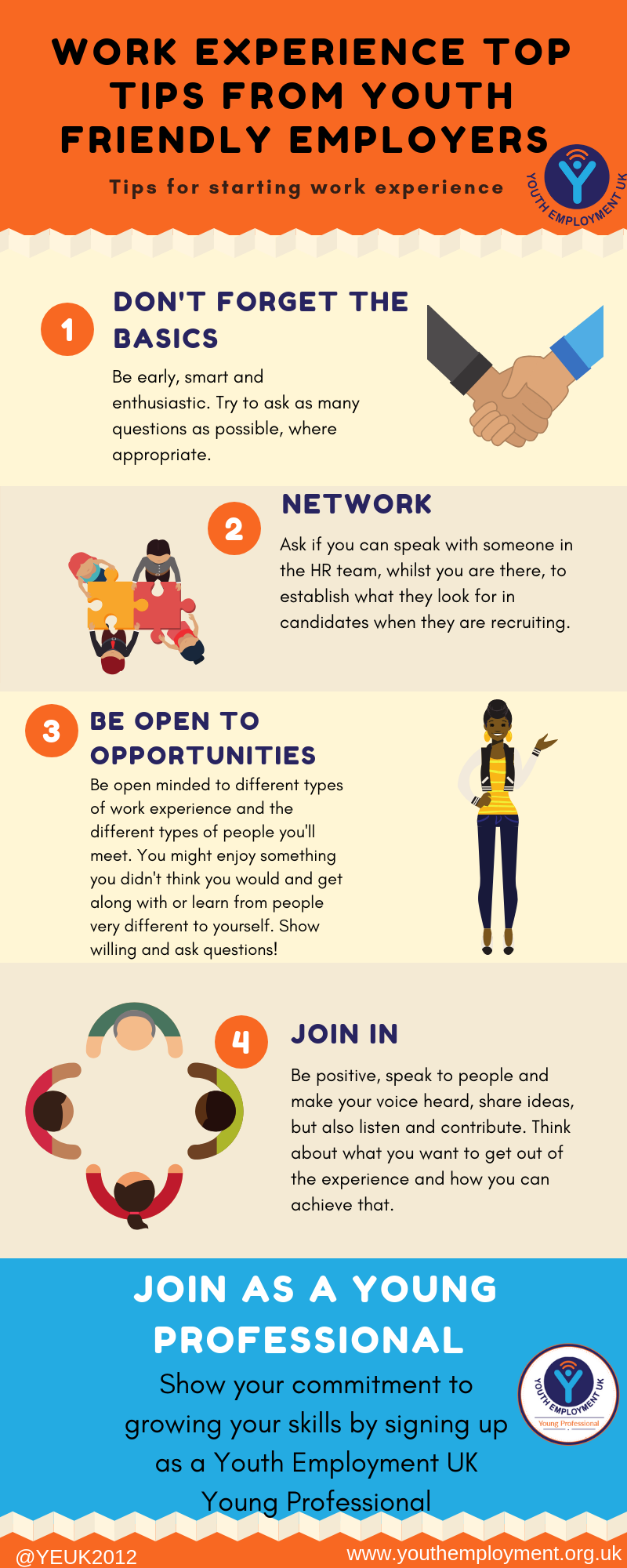

John Howard continues to serve as the head of the National Institute for Occupational Safety and Health (NIOSH). Parker served as the California OSHA chief, on the Biden-Harris transition team, in chief policy roles at the Mine Safety and Health Administration (MSHA) and was executive director of Worksafe-a nonprofit organization focused on workplace injury, illness and death prevention. In April 2021, Biden nominated Doug Parker to be assistant secretary of labor for occupational safety and health-the head of OSHA-and he was confirmed Oct. In April 2021, the Senate confirmed Marty Walsh, the Boston mayor from the construction trades unions, as secretary of labor. Immediately upon taking office, he appointed a longtime United Steelworkers (USW) safety and health leader, James Frederick, as acting assistant secretary for occupational safety and health. President Joe Biden has appointed and nominated strong candidates focused on worker protection to lead job safety and health agencies and labor agencies. It also launched broad efforts on worker empowerment and targeting workplace inequities. While progress is slow, the Biden administration has taken important steps to protect workers, prioritizing worker protections on its regulatory agenda, taking steps on targeted enforcement efforts on urgent hazards, and filling staff and leadership vacancies. Congress continues to fund job safety at stagnant levels, allowing an OSHA budget that still only amounts to $4.37 to protect each worker covered by the OSH Act. The COVID-19 pandemic also brought to light the weaknesses in federal oversight of state OSHA plans. While the number of inspectors and inspections have improved in FY 2021, there is much more progress to be made to meet or exceed pre-pandemic levels. In the first year of the COVID-19 pandemic, OSHA was largely absent from workplaces where it has the authority and responsibility to enforce workplace safety laws. In the fall of 2019, the Occupational Safety and Health Administration (OSHA) began reducing the number of inspections involving significant cases and complex health hazards, a policy that is still in place today. They totally failed to respond to the COVID-19 pandemic and the disparities of those most affected by workplace infection.

The Trump administration rolled back progress, attacking longstanding workplace safety protections-targeting job safety rules on beryllium, mine safety examinations and injury reporting, and cutting agency budgets and staff-and attempted to dismantle the systems for future protections.

They are attempting to shift employers’ responsibility to maintain a safe workplace to individual worker behavior, and undermine the core responsibilities of workplace safety agencies. Big Business and many Republicans have launched an aggressive assault on worker protections. Over the years, our progress has become more challenging as employers’ opposition to workers’ rights and protections has grown, and attacks on unions have intensified. Job injury and illness numbers continue to be severe undercounts of the real problem. Workplace hazards kill and disable approximately 125,000 workers each year-4,764 from traumatic injuries, and an estimated 120,000 from occupational diseases. But too many workers remain at serious risk of injury, illness or death as chemical plant explosions, major fires, construction collapses, infectious disease outbreaks, workplace assaults and other preventable workplace tragedies continue to occur. More than 647,000 workers now can say their lives have been saved since the passage of the OSH Act.¹ Since that time, workplace safety and health conditions have improved. It also includes information on the state of mine safety and health and the state of worker safety during the COVID-19 pandemic.įifty-one years ago on April 28, the OSH Act went into effect, promising every worker the right to a safe job. This report features national and state information on workplace fatalities, injuries and illnesses, as well as the workplace safety inspections, penalties, funding, staffing and public employee coverage under the Occupational Safety and Health Act. This 2022 edition of Death on the Job: The Toll of Neglect marks the 31st year the AFL-CIO has produced a report on the state of safety and health protections for America’s workers.


 0 kommentar(er)
0 kommentar(er)
